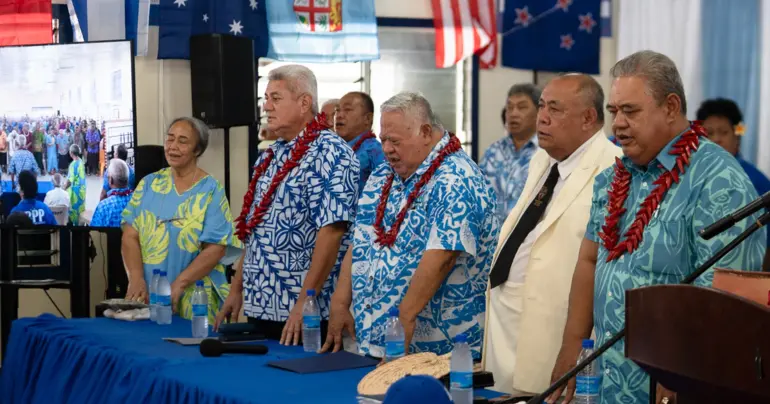Costly living draws people to pre-loved items
 By Andrina Elvira Burkhart
•
11 June 2025, 8:10PM
By Andrina Elvira Burkhart
•
11 June 2025, 8:10PM
Locals claim that the cost of living in Samoa has been slowly rising over the years, placing increasing pressure on families, particularly those with low incomes, forcing more people to turn to purchasing second-hand goods to save money.
Many say it's now common to spend an entire week's wages in just one day of shopping.
Necessities such as vegetables at markets and goods in supermarkets have become more expensive, causing frustration for many households trying to stretch their earnings.
Samoa is considered an expensive country in terms of food and daily essentials. The high cost extends to clothing as well, with some shops selling items at significantly high prices, while others offer more affordable alternatives.
To navigate this financial strain, many people have turned to more budget-friendly retail options.
“ Clothes at second-hand shops such as Ross are cheap and nice. I am satisfied with them as I can also save money, on the other hand, they provide good customer service,” stated 25-year-old Aysha Mohammed from Sataoa.
"Shopping at Ross is cheaper than at other shops, such as Mama's and Coin Save. When they have specials, such as buying three T-shirts for $10, allowing us to save money as well to buy other things,” said 21-year-old Luluvita Alama, from Tiavea.
“Ross keeps their deals fair and incredibly affordable, I mean, where else can you get a whole kagapepa of clothes for just five dollars, with no limit on how much you pack in,” said Perive Utumapu, from Safotu, a regular customer.
“Shopping at Mamas is affordable for many people, and normally the clothes sold are casual clothes that are fit to wear in Samoa’s weather. Not only that, but they also have reasonably priced high-end clothing for people travelling or having an event. In this economy, not everyone can meet the expenses of locally tailored businesses, so they opt for thrift stores that satisfy their basic needs of clothes and other goods,” said Lilly.
As prices continue to rise, the affordability of clothing and daily goods remains a key concern for families trying to balance their budgets in Samoa’s challenging economic climate.
 By Andrina Elvira Burkhart
•
11 June 2025, 8:10PM
By Andrina Elvira Burkhart
•
11 June 2025, 8:10PM











